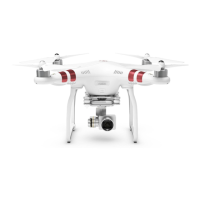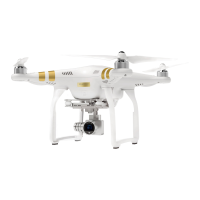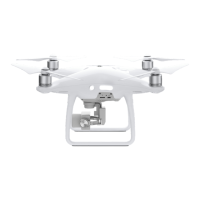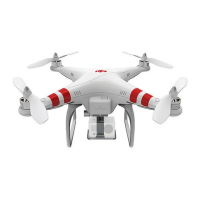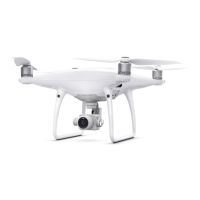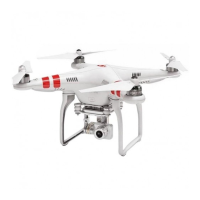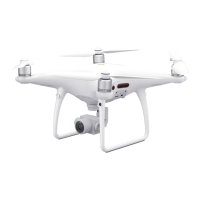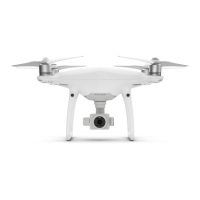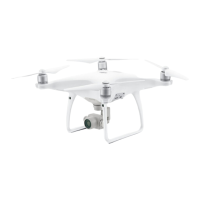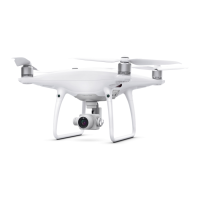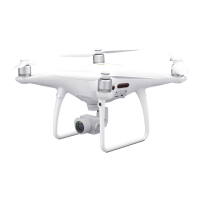Leicester Drones Operations Manual
Copyright © 2016 Leicester Drones Issue 1.2 23 March 2016
the member of the public asking them to follow you to
safety as they are currently in an extremely dangerous
situation.
Upon being advised by the Observer of a public
encroachment immediately hold position and wait for
further instruction. The Observer will advise which the
safest area to land is and confirmation should be given
that the instruction has been understood. Immediately
proceed to the advised landing site.
Upon identifying an imminent aircraft incursion within
the 400ft, 500 metre bubble call the relevant phrase
(“Aircraft Ahead”, “Aircraft Behind”, “Aircraft Left” or
“Aircraft Right”) and maintain visual contact with the
approaching aircraft.
Upon identifying an imminent aircraft incursion within
the 400ft, 500 metre bubble or hearing the call “Aircraft
…” identify the approaching aircraft. Advise the Pilot-In-
Command to take avoiding action by using the phrase
“Aircraft, Descend”. Once the aircraft has passed by then
Advise the Pilot-In-Command by using the phrase
“Aircraft Clear”.
Upon being advised by the Observer of an aircraft
incursion immediately hold position and look beneath
the aircraft to identify hazards. Descend the aircraft to
around 10ft above the ground or any structure. Once the
Observer advises the incursion no longer exists the
planned operation may resume.
Call “Fly Away” so that the crew understand the
situation. Activate the return to home fail safe function
in case communication is re-established and maintain
direct visual contact with the aircraft for as long as
possible. If visual contact is lost make a note of
estimated altitude, speed, remaining battery endurance
and heading estimated from the compass rose on the
calibration platform. Once the Observer confirms actual
information contact the local air traffic control and local
police using the contact numbers found on the on-site
assessment form to advise them of the situation. If the
aircraft is seen to make contact with the ground or a
structure, execute the shutdown procedure and walk
over to the crash site taking a fire extinguisher and
camera. Take photographs at the crash site, contact
details and statements from anyone present and recover
the aircraft. Leave contact details for any property
damaged as a result.
Upon hearing “Fly Away” immediately monitor the
aircraft telemetry data and make a note of the aircraft’s
actual heading, speed and altitude. Try to activate the
return to home or land functions on the ground station.
Continue to monitor the telemetry data for as long as
the connection remains and advise the Pilot-In-
Command of the actual information so that the local air
traffic control can be advised by the Pilot-In-Command.
Upon hearing “Fly Away” maintain direct visual contact
with the aircraft for as long as possible and advise the
Pilot-In-Command of an estimated heading.
Upon feeling as though incapacitation is imminent try to
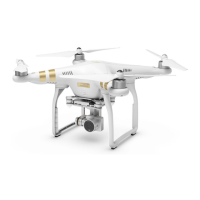
